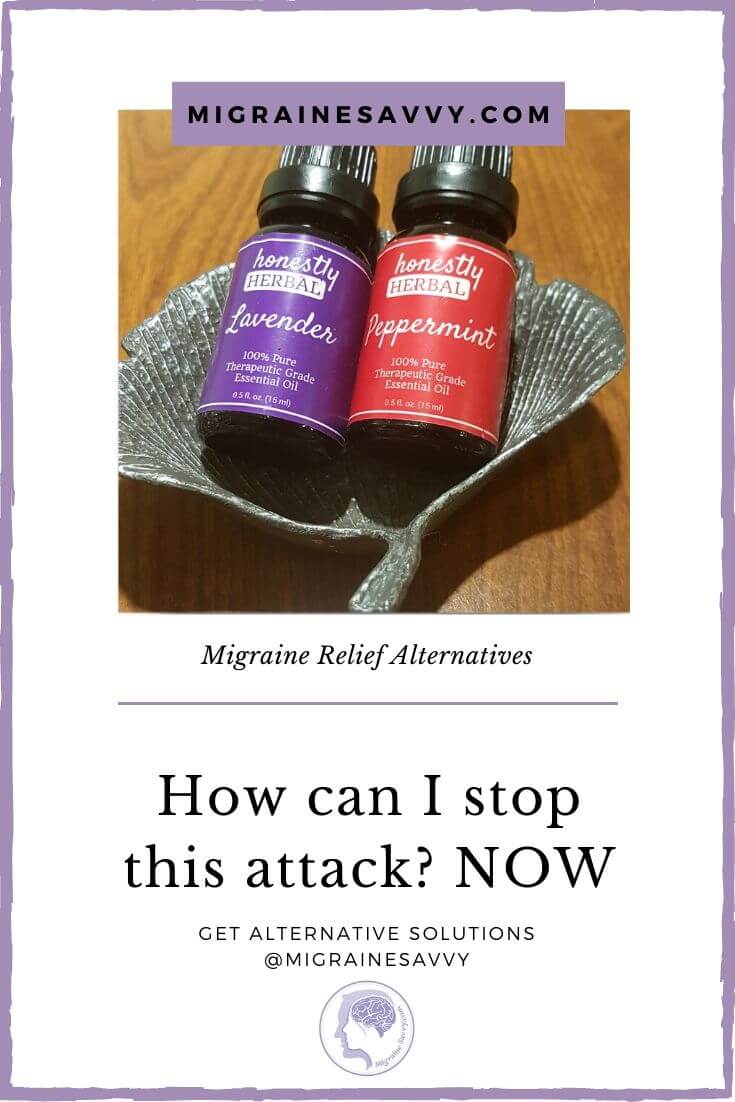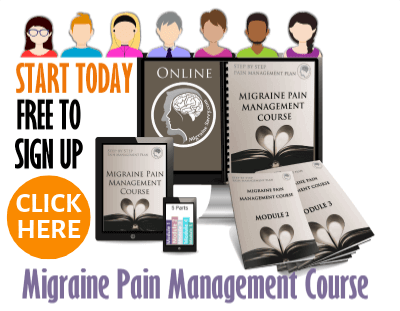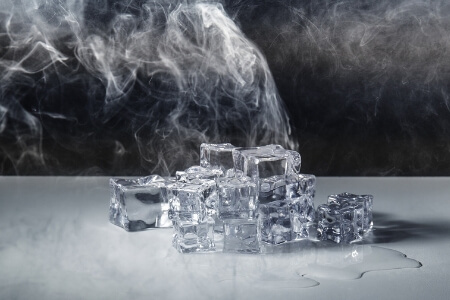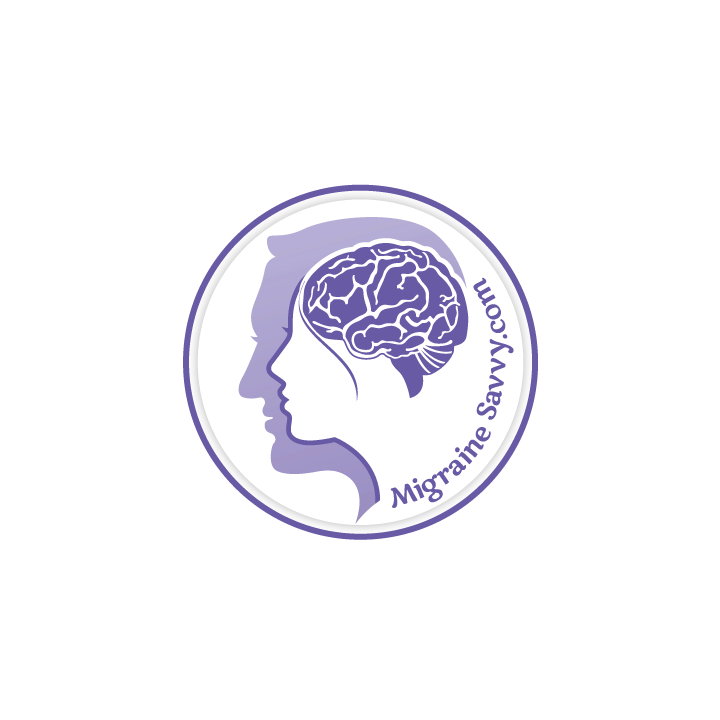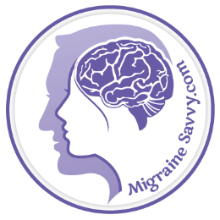- Home
- Pain Relief
- Migraine Relief Alternative
COMPLETE MAGNESIUM SUPPORT
My Top Choice - Magnesium Breakthrough - The ONLY supplement with all 7 essential magnesium types in one formula. Most only have 1-2 types, leaving you deficient.
Migraine Relief Alternative Remedies That Work
Are you seeking a migraine relief alternative that truly works? Managing migraine attacks can feel overwhelming, especially when traditional treatments fail to provide lasting relief. After 30+ years of battling chronic migraines, I’ve explored countless remedies - some surprisingly effective, others outright disappointing.
In this article, I’ll share my personal experiences alongside research-backed migraine relief alternatives, including the best essential oils for migraine relief, natural remedies for chronic migraines, and effective ways to find migraine relief without medication.
I’ll also cover the best physical therapies and lifestyle changes to help you navigate what works, what doesn’t, and how to craft a migraine management plan tailored just for you.
My #1 Choice in Magnesium Supplements
Contents
- What Are Migraine Relief Alternatives?
- Top Migraine Relief Alternatives That Work
- The Best Essential Oils for Migraine Relief: Tips and Precautions
- How to Find What Works for You
- Quick Relief Methods for Immediate Migraine Relief
- Why Alternative Therapies Matter
- Overcoming Challenges in Migraine Management
- Your Personalized Migraine Relief Plan
- Final Thoughts
- Recent Articles
What Are Migraine Relief Alternatives?
Alternative therapies for migraines include natural remedies, physical therapies, and lifestyle changes designed to complement or replace conventional treatments. These methods often address root causes like stress, diet, and tension to reduce the frequency and intensity of attacks.
First, let's cover all the effective approaches ranging from acupuncture and mindfulness meditation to essential oils and electric devices.
Top Migraine Relief Alternatives That Work
1. Physical Therapies
These hands-on treatments can alleviate tension, improve circulation, and calm your nervous system:
- Acupuncture: Backed by studies, acupuncture stimulates specific points in your body to reduce pain and frequency.
- Biofeedback: Learn to control physiological processes like heart rate and muscle tension, often triggered during migraines.
- Massage Therapy: Regular massages can relieve stress and reduce muscle tightness, which may lower migraine occurrence.
- Ice Packs: Applying cold packs to your forehead or neck can numb pain and soothe inflammation during an attack.
2. Lifestyle Changes for Long-Term Relief
Making consistent adjustments to your daily habits can transform your migraine management:
- Nutrition: Identify and avoid food triggers and incorporate migraine-friendly nutrients like magnesium and riboflavin.
- Exercise: Regular, low-impact activities like yoga or walking can decrease migraine frequency by reducing stress and boosting circulation.
- Mindfulness Meditation: Meditation can help calm your nervous system, making you less susceptible to migraine triggers.
Tip: Check out my Migraine Pain Management Course for guided mindfulness exercises tailored to migraine relief.
3. Natural Remedies
Harness the power of nature with these solutions:
- Essential Oils: Peppermint oil for nausea and lavender oil for relaxation are widely used. Combine 5 drops with 2 teaspoons of carrier oil, then massage into your temples or neck. More details below.
- Herbal Supplements: Feverfew and butterbur have shown promise in reducing migraine frequency, though always consult your doctor first.
- Electric Devices: Innovative options like the Cefaly or gammaCore devices can modulate nerve activity to prevent and relieve migraine attacks.
Here are few more migraine relief alternative therapies I've written about:
4. Combination Strategies
The latest research suggests blending traditional medications with alternative therapies for maximum relief. For example, acupuncture and biofeedback can enhance the effects of prescribed prophylactic treatments.
Pro Tip: Keep a migraine journal to track which therapies work best for you. Download my free Migraine Tracker Template to get started.

The Best Essential Oils for Migraine Relief: Tips and Precautions
Essential oils are often touted as a natural remedy for migraines, but their effectiveness can vary widely. Through years of trial and error, I’ve learned that while essential oils may not directly relieve my migraine pain, they can be incredibly helpful for alleviating related discomfort, such as neck tension, nausea, and overall stress.
Why Essential Oils May (or May Not) Work for You
Essential oils like peppermint and lavender are frequently claimed to have analgesic or calming properties. While peppermint oil is said to reduce pain, I find it more effective for easing nausea. Lavender oil, on the other hand, works wonders for calming my nervous system. However, the effectiveness of essential oils largely depends on your personal triggers and sensitivities.
Pro Tip: Test any essential oil carefully to ensure the scent doesn’t aggravate your migraine. Some individuals are highly sensitive to strong smells, which can worsen symptoms.
How to Use Essential Oils for Migraine Relief
1. Topical Application:
- Mix 5 drops of essential oil (e.g., peppermint or lavender) with 2 teaspoons of a carrier oil like almond or olive oil.
- Gently massage this blend onto your temples, the back of your neck, or your lower back to relieve tension.
2. Steam Inhalation:
- Add 1–2 drops of essential oil to a bowl of hot water.
- Drape a towel over your head, lean over the bowl, and inhale the soothing steam for 5–10 minutes.
3. Compress:
- Soak a face cloth in warm water with 2–3 drops of essential oil.
- Place the cloth on your forehead or eyes during an attack to experience calming relief.
4. Indirect Methods:
- Place a few drops of oil on a tissue or cotton ball and inhale gently.
- Add the oil to a diffuser or under your pillow to create a relaxing environment.
Warnings and Precautions
- Test First: Essential oils are highly concentrated and can irritate the skin. Always test a small area before applying to sensitive areas like your face.
- Avoid Overpowering Scents: During an attack, strong smells may worsen your migraine. Use minimal amounts to avoid triggering sensitivity.
- Choose High-Quality Oils: Ensure the essential oils you use are pure and free from synthetic additives to maximize their benefits.
Final Thoughts on Essential Oils for Migraine Relief
While essential oils might not be a standalone solution for migraine relief, they can complement other therapies by reducing stress, soothing tension, and alleviating nausea. Whether used topically, inhaled, or applied as a compress, these natural remedies may help you feel more in control during an attack.
If essential oils are part of your migraine management plan, remember to start small, experiment safely, and always prioritize what feels right for you. Looking for more natural remedies? Explore my Migraine Pain Management Course for a comprehensive guide to managing migraines holistically.
How to Find What Works for You
No two people experience migraines the same way, which means finding relief is a unique journey. Start by:
- Identifying Triggers: Common ones include certain foods, hormonal changes, stress, and weather shifts.
- Experimenting Safely: Test one therapy at a time to determine its effectiveness.
- Tracking Results: Record your experiences to fine-tune your approach.
It is not a one size fits all solution.
Quick Relief Methods for Immediate Migraine Relief
For fast-acting solutions during an attack, try these:
- Apply an ice pack to the base of your neck. Read How to Treat a Migraine with Ice and Heat.
- Use acupressure: Press firmly on the LI-4 point between your thumb and index finger for a few minutes.
- Try deep breathing exercises to calm your nervous system.
Find a detailed guide in my article >> Pressure Points for Migraine Relief
My #1 Choice in Magnesium Supplements
Why Alternative Therapies Matter
Mainstream medicine is increasingly recognizing the value of alternative migraine therapies. Many doctors now recommend acupuncture, biofeedback, and mindfulness alongside medication. These holistic methods address both the physical and emotional toll migraines take, offering a more comprehensive approach to relief.
>> Learn how to integrate these therapies into your daily routine in the bookstore
THE BEST complementary physical therapies studied and proven to help reduce attacks are: acupuncture, biofeedback, meditation, and regular exercise. Ice packs and Botox. Chiropractic work is NOT recommended.
Overcoming Challenges in Migraine Management
Cost Considerations
While some therapies, like acupuncture or regular massages, can be pricey, they may significantly improve your quality of life.
Tip: Start with affordable options like mindfulness meditation or essential oils.
Consistency Is Key
Results take time. Stay patient, document your progress, and adapt as needed.
Find More Help in the Bookstore
Your Personalized Migraine Relief Plan
Ready to take control of your migraines? Here’s how to start:
- Explore the therapies outlined above.
- Use my Migraine Pain Management Course for step-by-step guidance.
- Invest in knowledge with my curated eBooks, like The Food & Supplement 8 Week Testing Journal
Final Thoughts
Managing migraines isn’t a one-size-fits-all process, but by exploring and combining alternative therapies, you can find a path that works for you. Whether it’s acupuncture, essential oils, or mindfulness, the key is perseverance and self-compassion.
Take the next step toward relief - browse my bookstore or enroll in the Migraine Pain Management Course (the first module is free) today. Your journey to better days starts here.
WANT MORE TIPS? Subscribe to my newsletter and follow along on Facebook and Pinterest for all of the latest updates.
MIGRAINE RELIEF Related Articles
How to be more MIGRAINE SAVVY right now...

